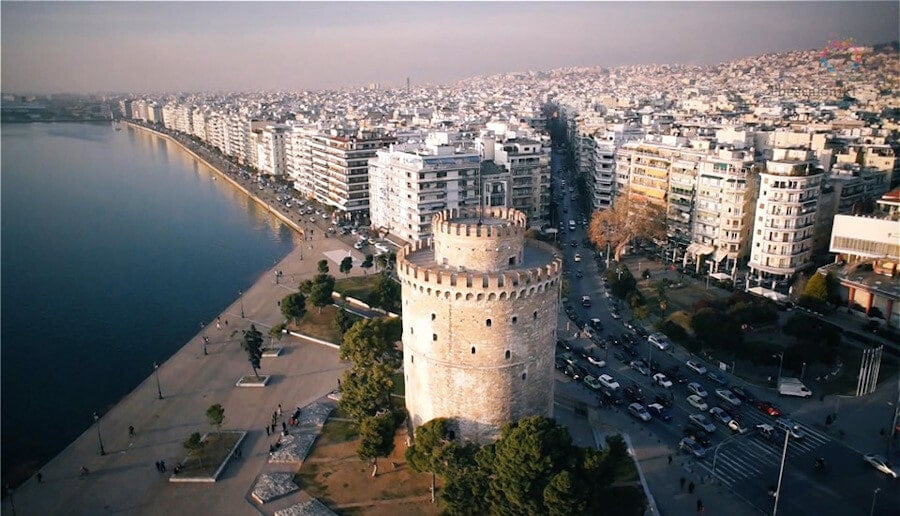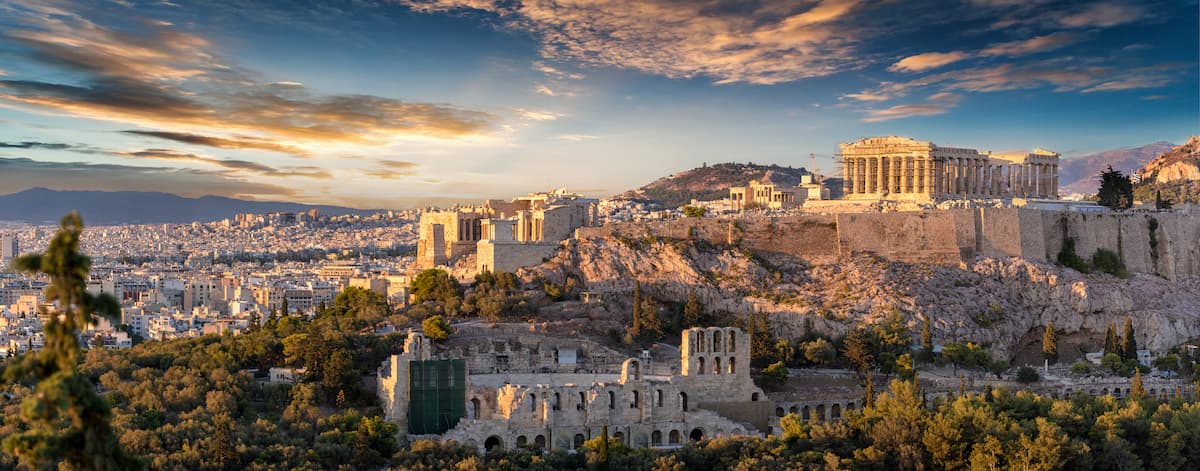From its foundation in 316 BCE by Cassander, one of Alexander the Great’s generals, Thessaloniki, was a thriving Hellenistic city up to the era of Ottoman rule. Taking advantage of its strategic position, it developed into a multicultural city. In the 2nd century BCE, it was conquered by the Romans and was the seat of the province of Macedonia. The Egnatia Highway, completed in 120 BCE, joined Constantinople to today’s Albanian town of Durres to come the most important connector of East and West and one of the largest military and commercial roads in the ancient world.
In the Byzantine era, Thessaloniki was the Empire’s most important city after Constantinople and was conquered by the Ottoman Empire for nearly five eons since 1432. In 1492 witnessed the arrival of the Jews who were expelled from the Iberian peninsula, producing a thriving Jewish community, which the Nazis decimated during WWII. Since becoming part of the modern Greek state in 1912, it has been Greece’s second most populous city.
The city has monuments from its entire history, symbolized by the White Tower, a 15th century work of Ottoman construction. Other significant monuments include the Roman Agora (forum), the Arch of Galerius in Kamara, as well as Emperor Galerius’ mausoleum (The Rotunda- St. George), Church of St. Demetrios, city walls and numerous Byzantine churches. The city is also notable for its museums. In 2005, the Museum of Byzantine Culture was awarded the Council of Europe’s Museum Prize.
Mustafa Kemal Atatürk, the founder of the modern secular Turkish state, was born in Thessaloniki in 1881 in a house on Apostolou Pavlou Street, directly behind the Turkish consulate. Today, it is a museum dedicated to his life.
Gastronomy
For connoisseurs of food, Thessaloniki offers an endless number of restaurants and taverns offering excellent cuisines. Nothing binds the multi-ethnic character of Thessaloniki quite like its food. From its Frankish and Ottoman conquerors to its Arab traders and population of Jews fleeing the Spanish Inquisition, all the way to the early 20th-century population exchange with Asia Minor, Thessaloniki’s unmistakably Greek yet incredibly diverse history has produced an equally rich cultural identity. And to know it all, you have to eat it all.
The gustatory landscape of Thessaloniki is characterized mainly by the ouzo taverns with their meze, and the restaurants which emphasize northern Greek specialties. There is no shortage of ethnic restaurants, pubs, bar-restaurants either, as well as the most gourmet venues – some even in hotels and museums. Fast street snacks also have a variety all of their own: from the classic koulouri of Thessaloniki (ring-shaped bread stuffed with whatever you can imagine) and the bougatsa with cheese or cream, to the many souvlaki shops. In addition, traditional patisseries, as well as new bakeries, will make you stick to their windows!
Classic sweet flavours are the ‘Panorama triangles’ (with cream or chocolate), stuffed tsoureki, the politika (of the Polis, as Constantinople / Istanbul is also known) sweets (kazan dipi, ekmek kataifi etc.) as well as the siropiasta.




